Rice Nutrition Chart – How Much Nutrition Does Rice Provide?
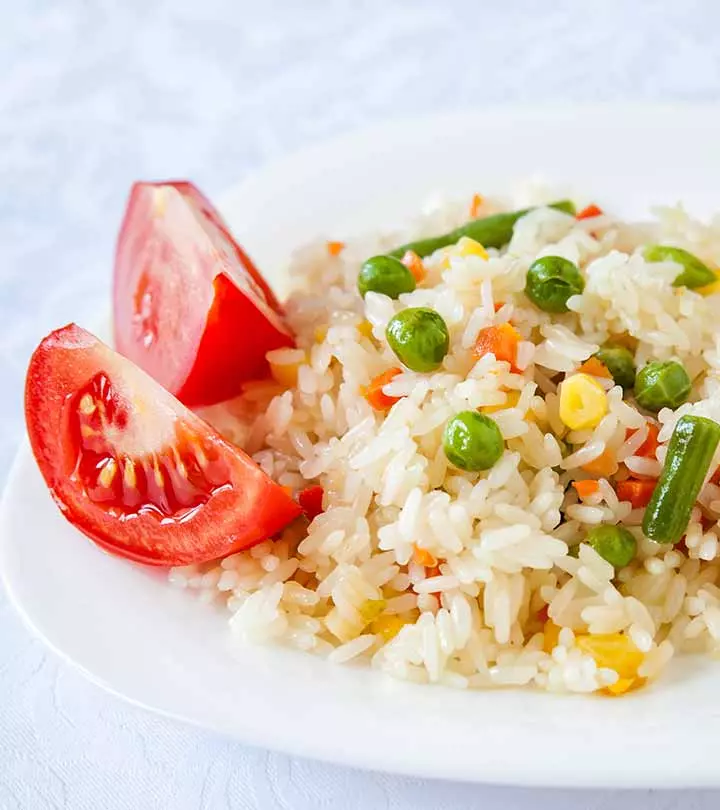
Image: ShutterStock
Rice is a popular staple diet that is consumed in all parts of the world. It is more regularly consumed in coastal areas where its production is more. Rice has certain nutritional value when consumed in the right amounts. You need to have knowledge of these nutrients in order to make good use of rice in your diet.
These nutrients such as carbohydrates, fat, proteins etc. are to be consumed in regular amounts for healthy functioning of the body. The following will give you a good indication of the nutrients present in Rice.
In This Article
Rice Nutrition Chart:
Rice contains certain nutrients in fixed proportions when considering a cup of its quantity. This one cup serving amounts to about 195 grams. The values are being considered on a 2000 calorie diet beyond which they may vary.
- Calories:
There are about 216 calories in this amount of rice consumption. The contribution of this calorie count comes from carbohydrate (185), fat (14.7), protein (17.2) and alcohol. In all, it is about 11 % of the serving.
- Carbohydrates:
Total carbohydrates in this serving of rice are about 44.8 grams which is about 15%. In this the dietary fibber is 14% while the rest are sugars.
- Proteins:
Proteins amount to about 5 grams that is about 10% DV of the serving.
- Fat:
The fat content in this amount of rice is about 3 %. This includes saturated fat and trans-fat both. Saturated fat is 2% in proportion with the rest being trans-fat. Rice is usually a food type that is low in fat. It also includes mono saturated fat and poly saturated fat close to 0.6 grams each. Omega 3 fatty acids and Onega 6 fatty acids are also present in small proportions.
[ Read: Brown Rice Vs. White Rice ]
- Vitamins:
Rice contains Vitamin E, K and B6 in 0.1, 1.2 and 0.3 gram proportions. Other than that there is also contribution of thiamine, niacin, folate, choline, betaine, riboflavin making it a sizable proportion.
- Minerals:
The minerals present in this rice proportion are in the following amounts. Calcium(19.5 mg), iron(0.8mg), magnesium(83.9mg), phosphorous(162mg), potassium(83.9mg), sodium(9.8 mg) and zinc, copper manganese and selenium in varied small proportions. It is also a lesser source of sodium. Besides it is known to be a very good source of selenium and manganese both.
- Cholesterol:
Rice is very low in cholesterol content, close to 0% in this serving.
Rice nutritional value can help you achieve good health. If eaten well daily, it can contribute to weight loss, weight gain and even optimum health. In this data we are considering brown, white, long grain and cooked rice. The inflammatory action of rice in the diet is moderate and hence can be managed well. Combining rice with other amino acids makes it a more promising protein source and dietary content.
Other than these it contains water (143gm), ash (0.9gm).
Rice is preferred by many people as the only or a complementary source of nutrition. It can be complemented with a number of vegetables and makes an excellent meal, the reason for its popularity worldwide.
I hope this article on nutritional value of rice helps you achieve good health.
[ Read: Mango Nutrition Chart ]
Read full bio of Tanya Choudhary



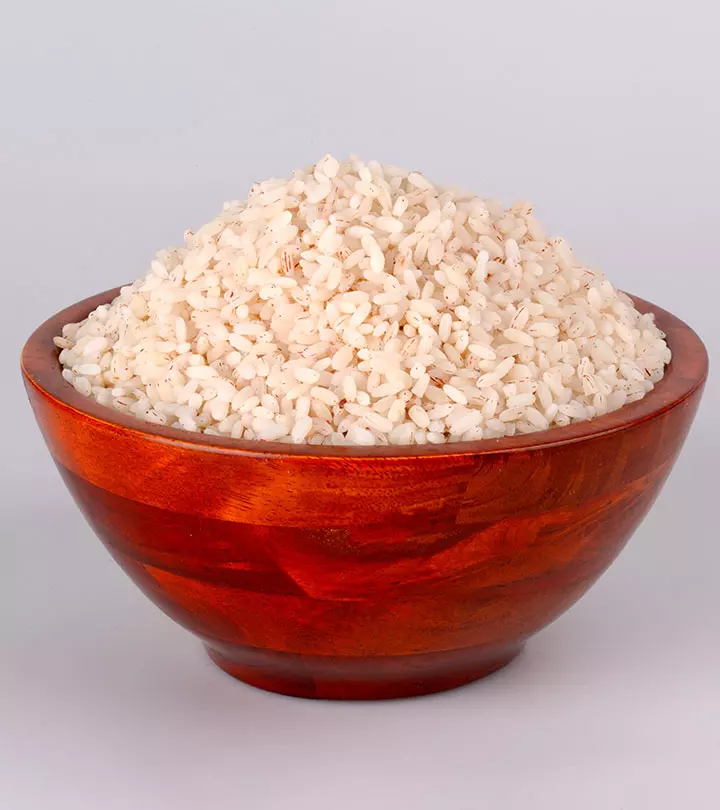
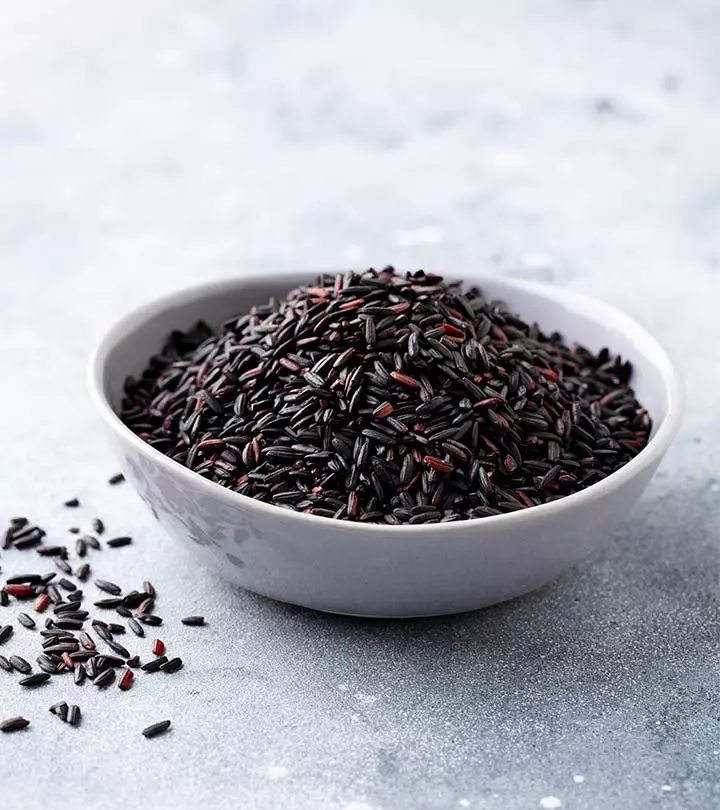
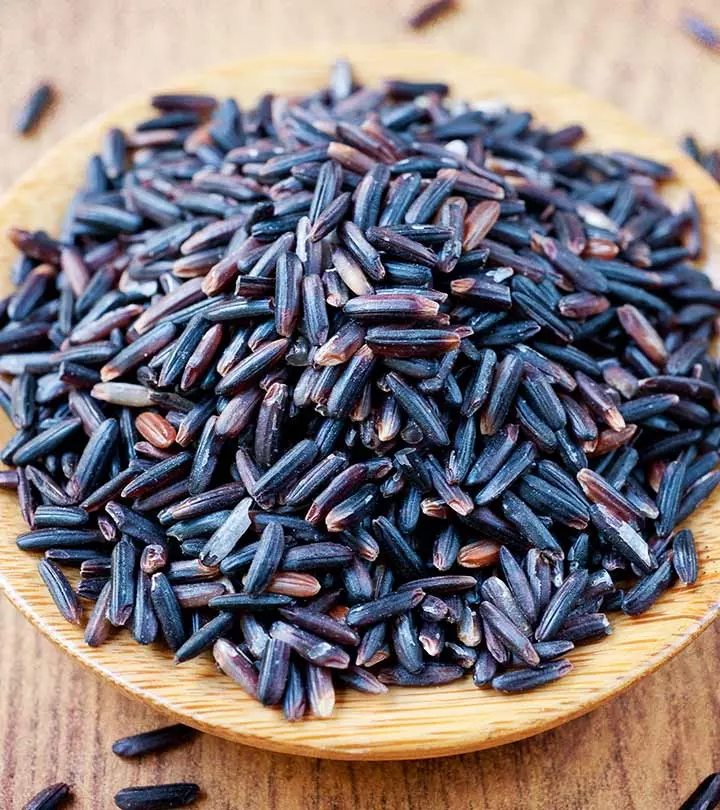

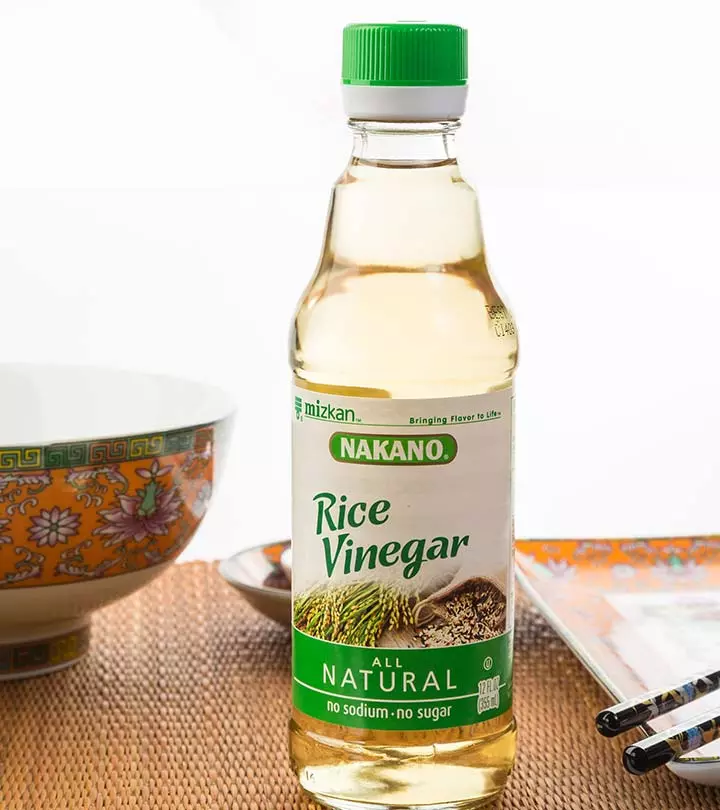
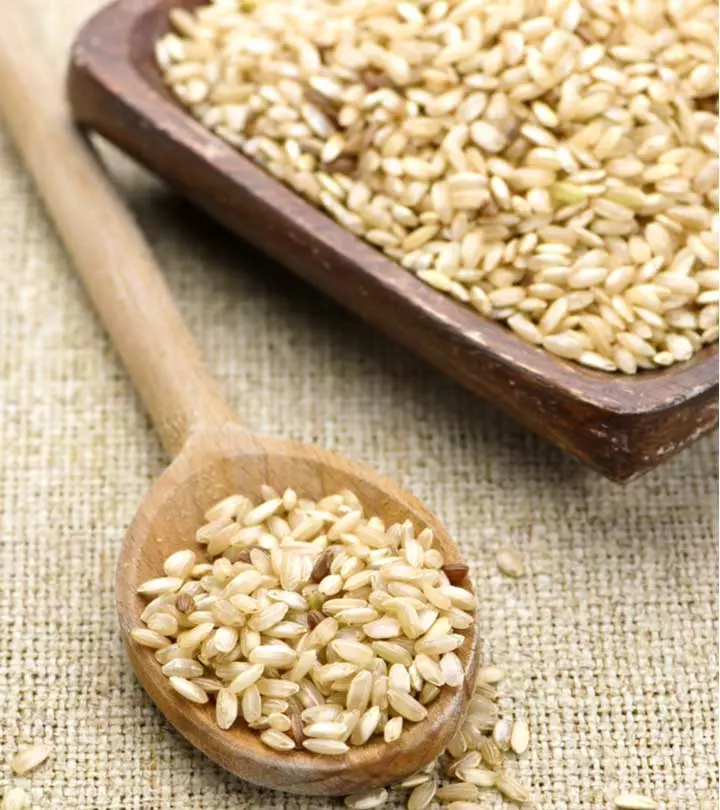
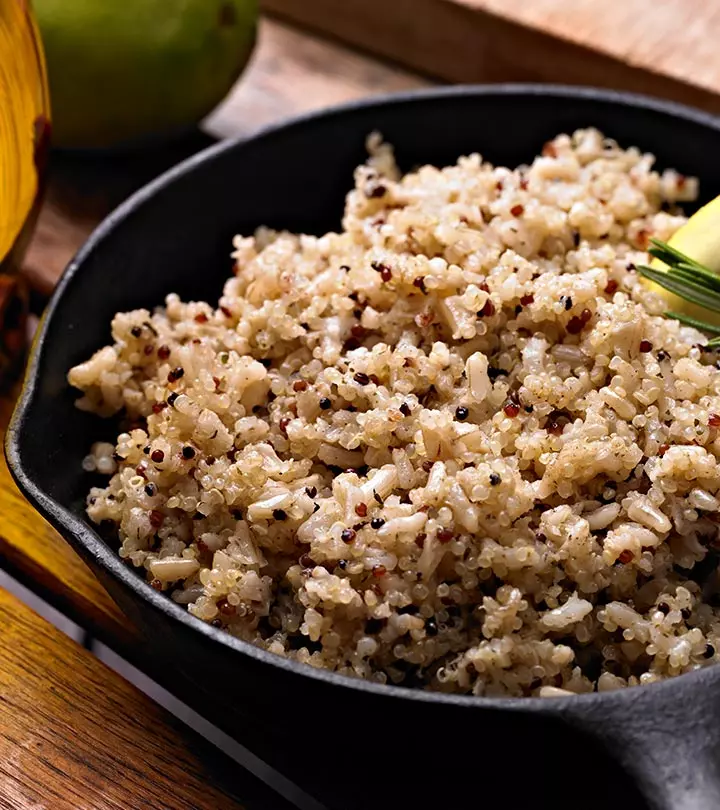
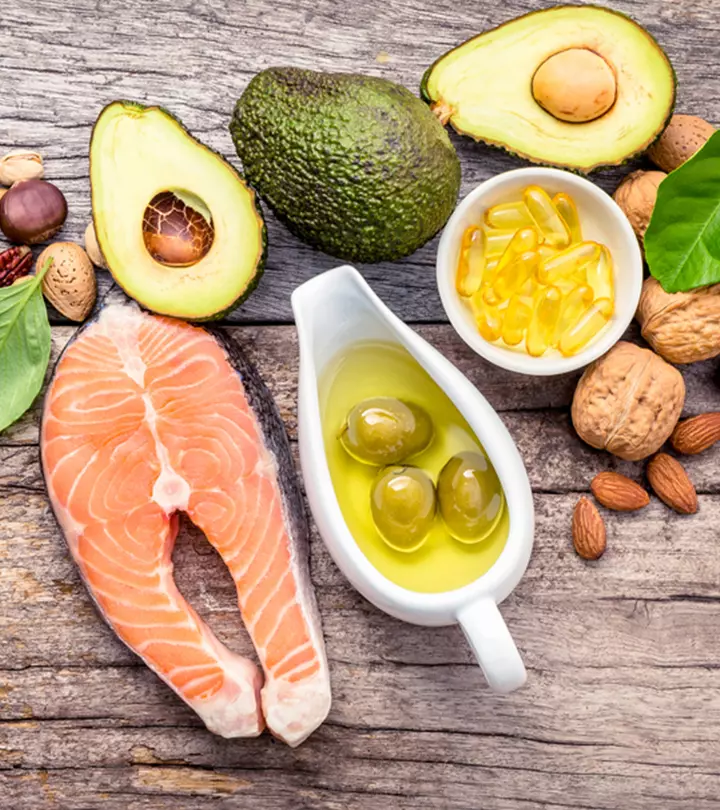

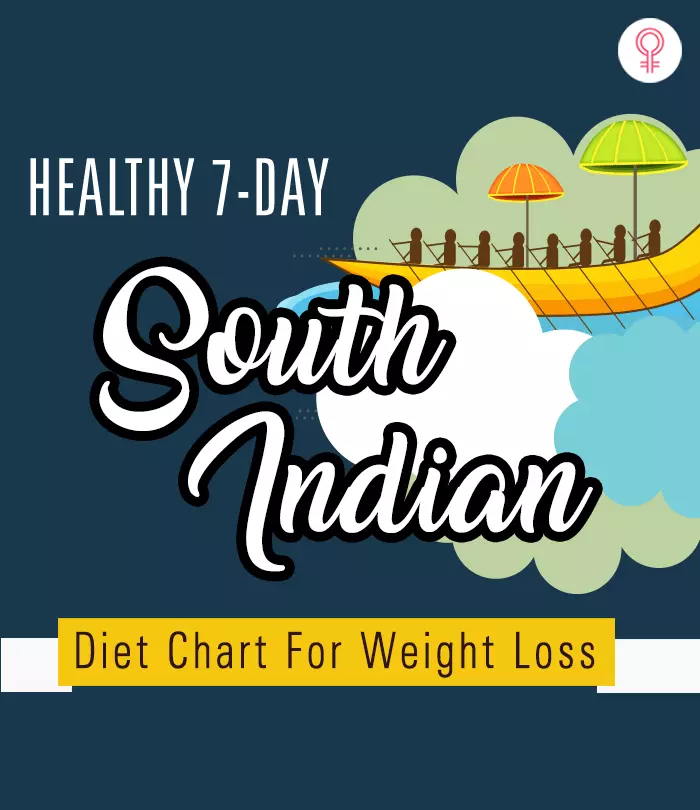
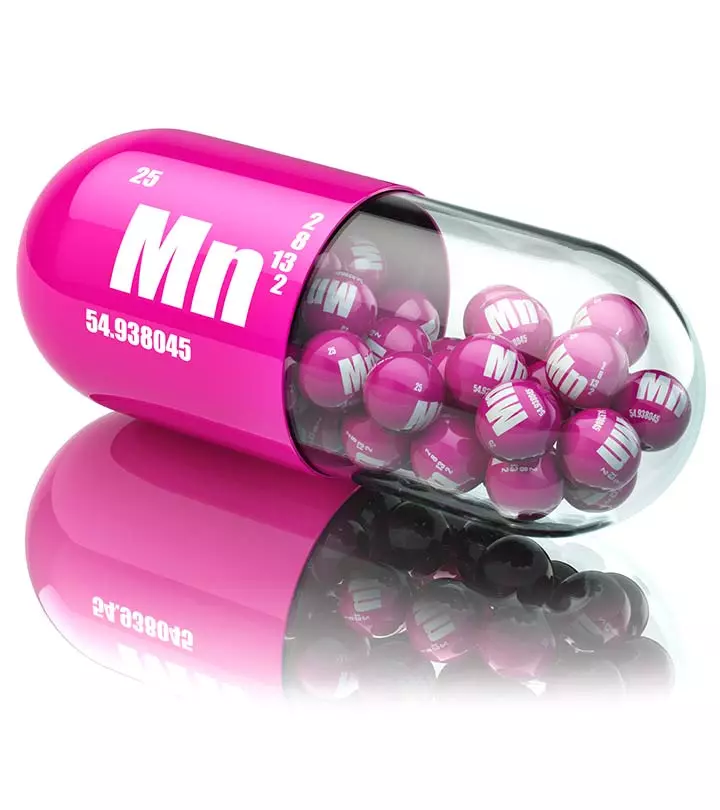
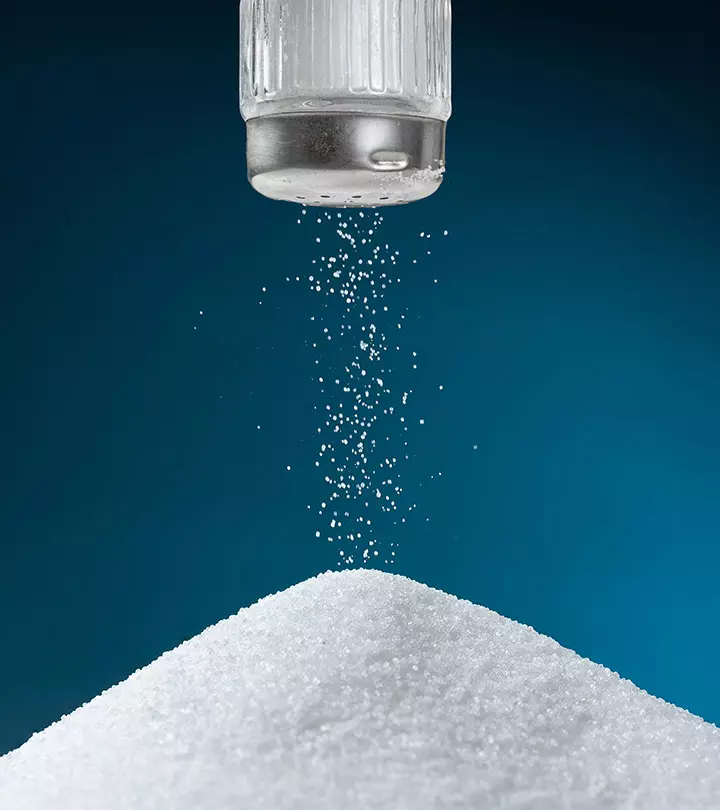

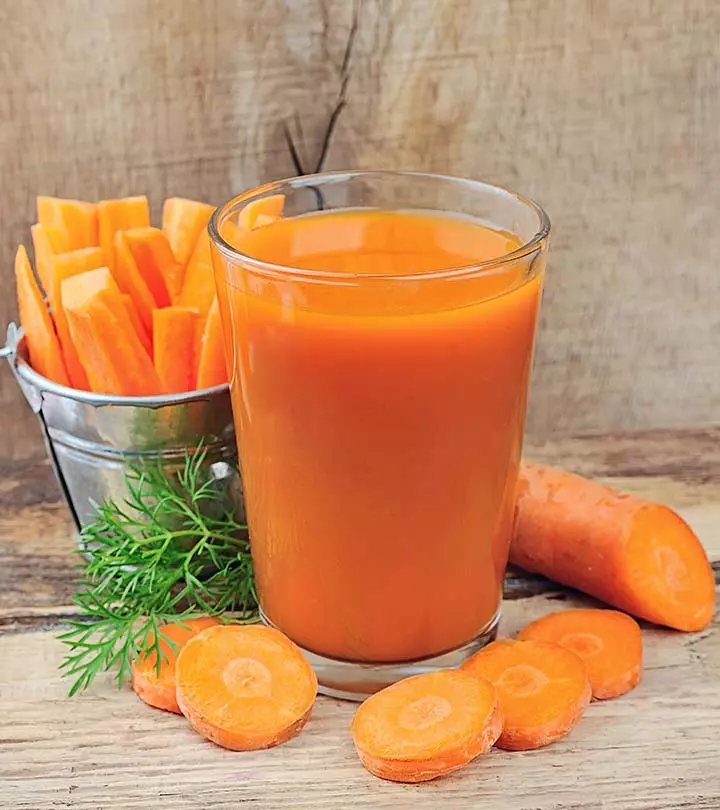

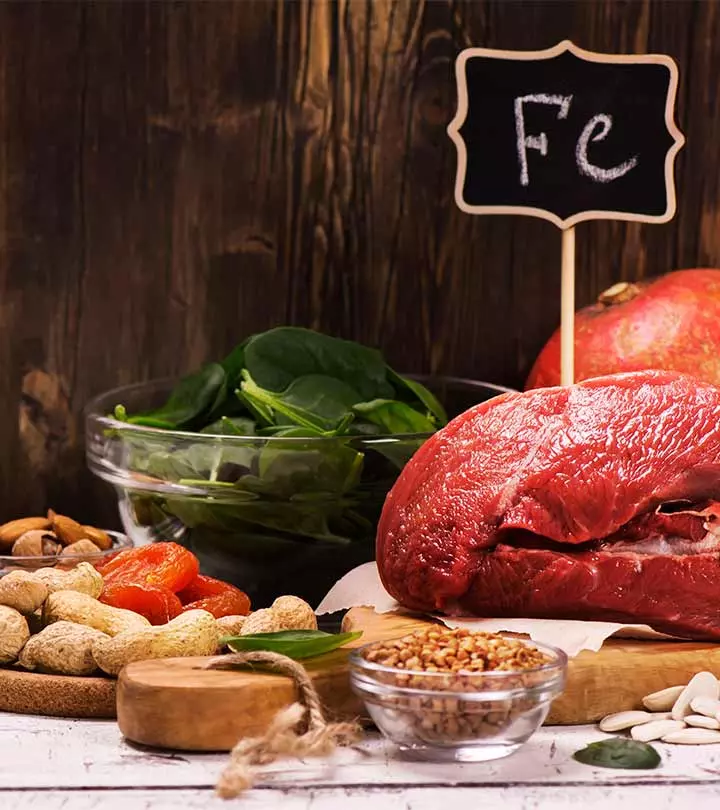
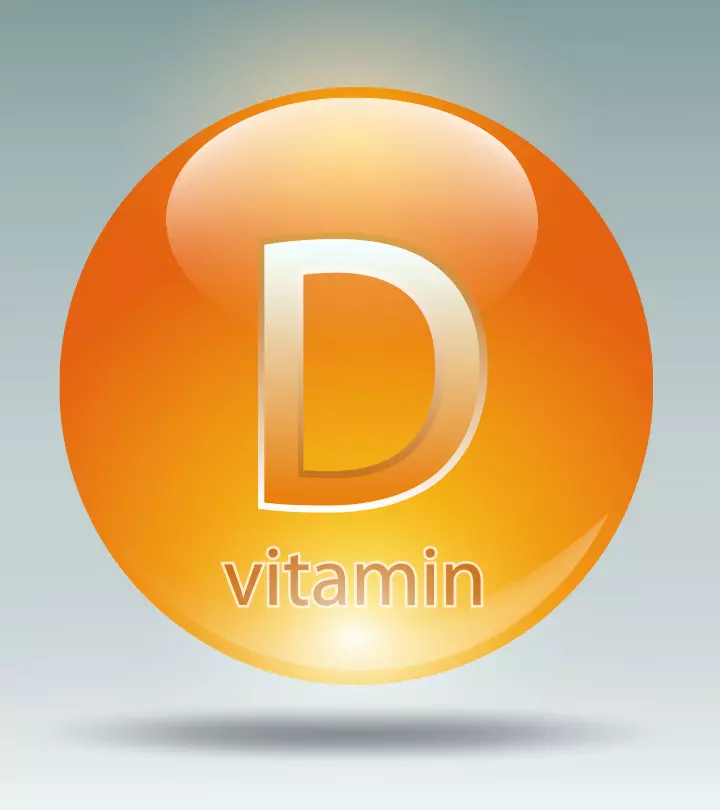

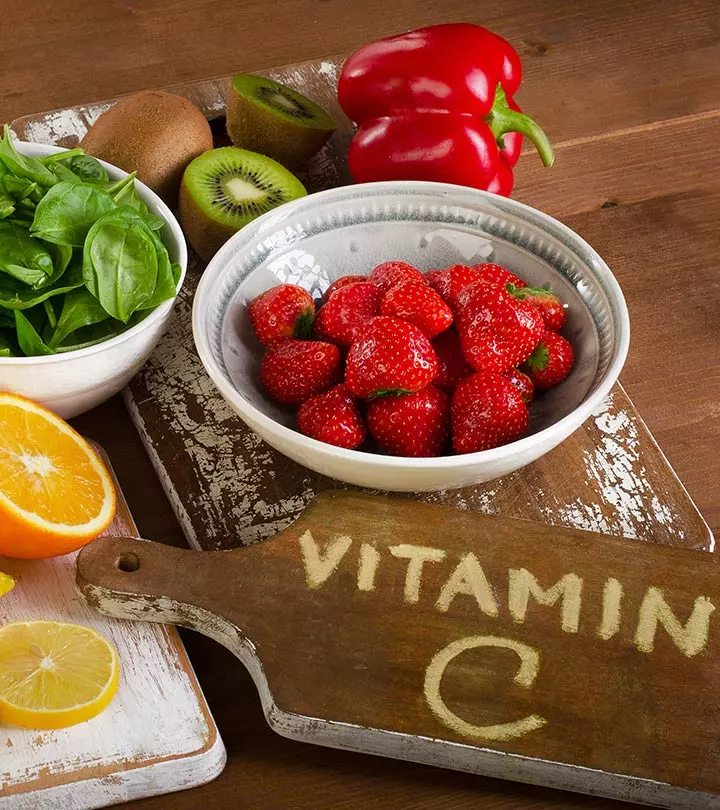

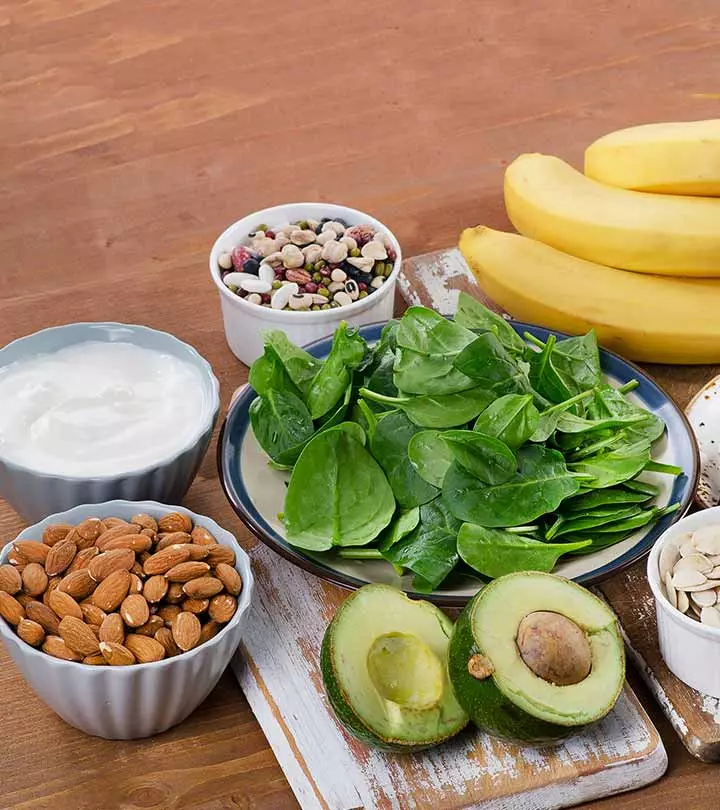

Community Experiences
Join the conversation and become a part of our empowering community! Share your stories, experiences, and insights to connect with other beauty, lifestyle, and health enthusiasts.